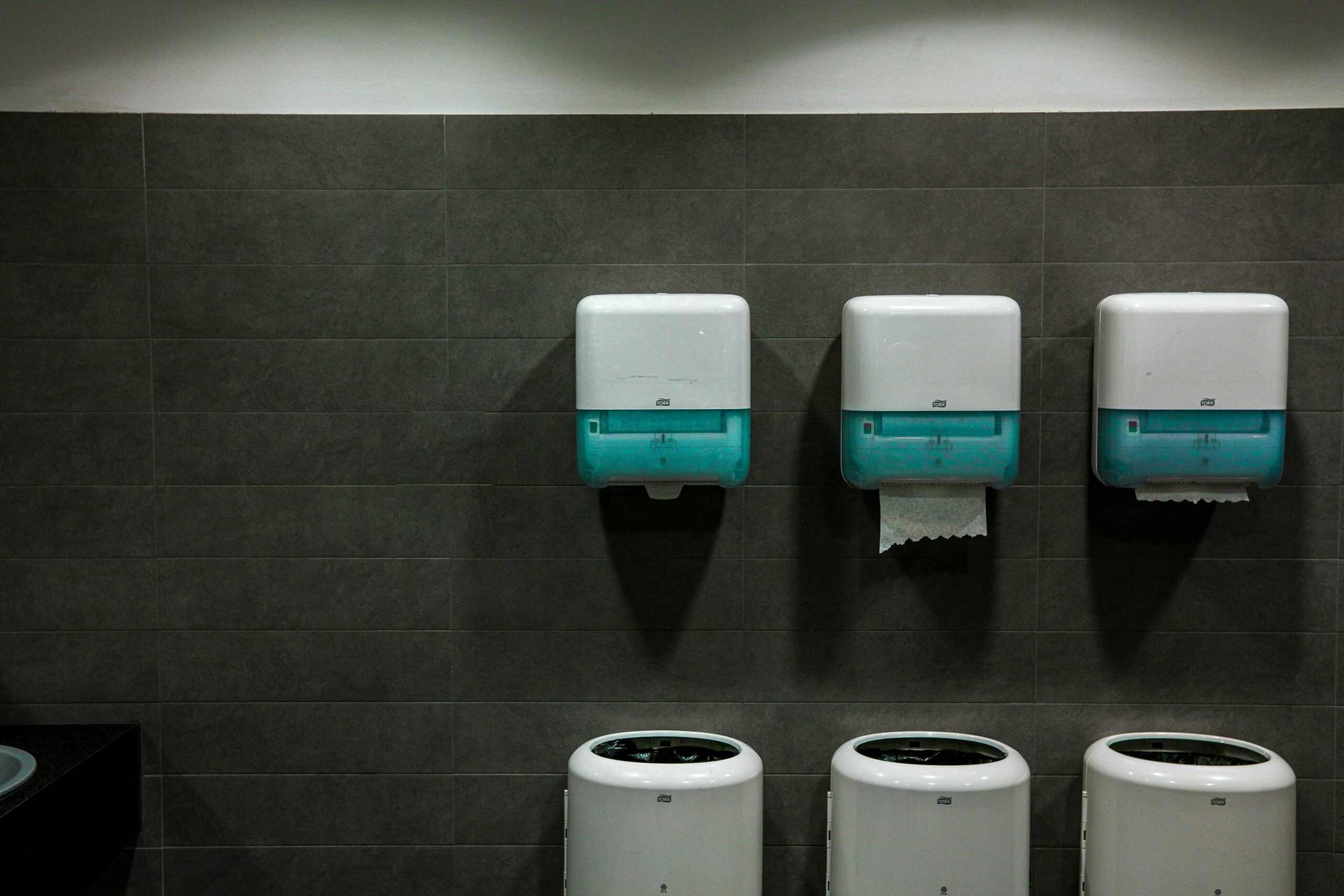A familiar scenario: class started 15 minutes ago and you are deeply invested in the material being taught, but then, in the middle of it all, something else demands your attention. A nice tall cup of your morning fuel, your favorite flavored iced latte, suddenly gets knocked over off of your small lecture desk by someone trying to squeeze through. You’re infuriated, soaked in coffee, milk, and pumpkin spice, and desperately looking for a tissue or napkin. To your surprise, there isn’t any, so you rush down the hall thinking of the one place where something of value might be — a bathroom. But when you start pumping the lever on the paper towel dispenser, nothing comes out.
Queens College transitioned over to the use of primarily electric hand dryers instead of paper towels after the COVID-19 pandemic, reportedly for the sake of cost efficiency and positive environmental impacts. However, this is not the best solution for everybody. We need better hand dryers and actual paper towels back because we can’t clean up a spill with a hand dryer, and we can’t simply call up a custodian whenever someone spills their drink. Due to staffing cuts, they are already limited; doing the job of three is no easy task.
I understand that QC thought of the environment when making their decision, but if they really wanted to be efficient and take advantage of the strategic move they played, they should have switched to newer, quieter, model hand dryers, because continuing to use the old outdated hand dryers in most bathrooms doesn’t add any more benefit than paper towels. In fact, not only are they slower and less hygienic than a classic paper towel, but so loud that they disrupt neighboring classrooms.
According to Stanford Magazine, newer dryers like Dyson or Xlerator provide a high-speed air stream that dries hands in only 12 to 15 seconds, which is about the same amount of time it takes to dry your hands with a paper towel. Traditional dryers take 30 to 45 seconds to dry our hands and use about 2.6kW of power per hour, whereas a baseline dryer in today’s market uses 1.5 kW of power per hour.
If QC did update their hand dryers, that 1.1 kW difference in energy consumption would mean more savings that could be used on campus for different projects.
In fact, I propose that after the initial investment of purchasing updated dryers, the potential amount of money that we’d save over the years could be then used to purchase paper towels, providing students with the ability to choose how they take care of themselves, all for the price for what the university is paying for to keep the old dryers running.
Then there is the concern for hygiene. A study by the Mayo Clinic Foundation for Medical Education and Research concluded that hospitals and similar infection-prone areas were sticking to paper towels, which give those less thorough in washing their hands one last chance to remove bacteria while reducing the risk of user error with air dryers — such as leaving the dryer before their hands are completely dry. Newer air dryers are also making strides in hygiene standards as Dyson air dryers became first allowed for use in food preparation areas, paving the way for a future with fewer paper towels and more resource conservation.
This project without a doubt would cost a pretty penny, but with all things great and investments that promise efficiency there can’t be a better decision to make. We need faster, hotter, quieter dryers that save our time and don’t disturb our classes, and we need our paper towels to clean up our emergency spills, leaving campus to become more convenient and safer for all of its current and future students and staff.











